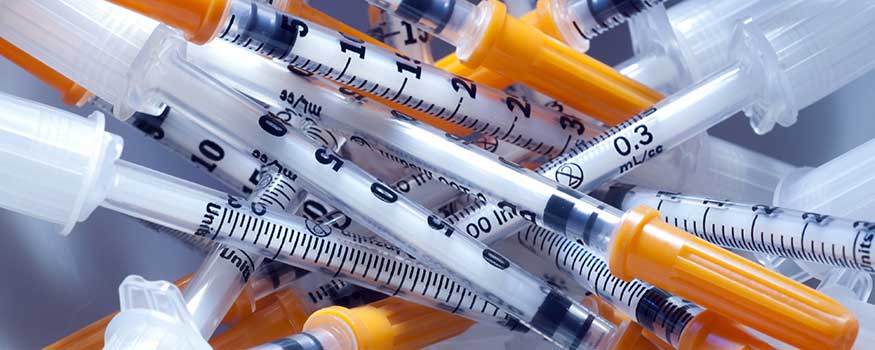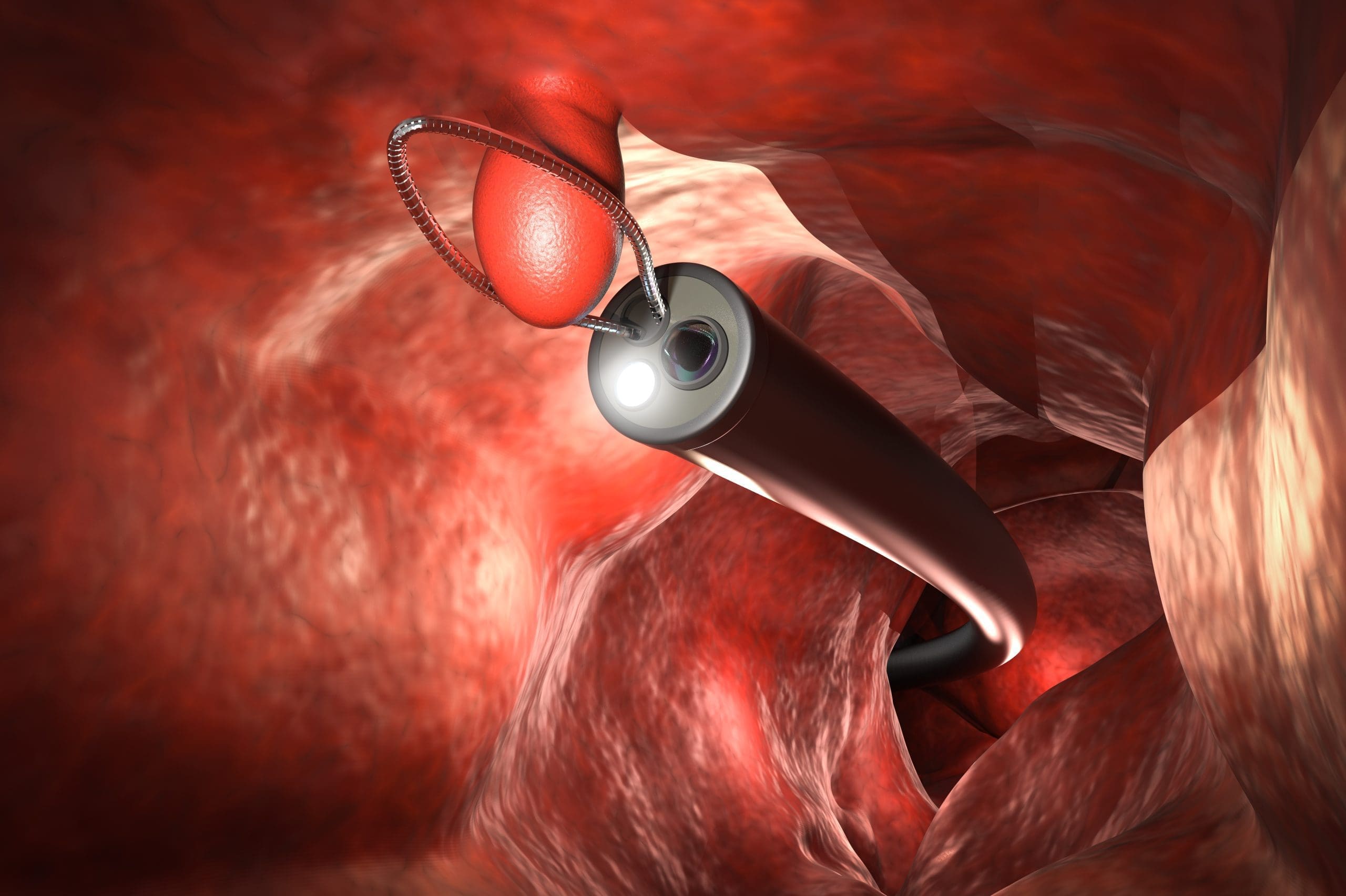Needlesticks and other sharps-related exposures to bloodborne pathogens (including HIV, hepatitis B virus [HBV] and hepatitis C virus) continue to pose a significant occupational risk for healthcare workers. Largely preventable, these injuries are all-too-common events that create a significant burden for exposed workers, even if they don’t lead to infection.
Over the last few decades, regulatory and legislative measures have been enacted to protect U.S. healthcare workers from bloodborne pathogens, including the Bloodborne Pathogen Standard, which established requirements for engineering controls, HBV vaccination, and use of personal protective equipment. In 2000, Congress unanimously passed the Needlestick Safety and Prevention Act (NSPA), which updated the Bloodborne Pathogen Standard and strengthened federal requirements for the use of sharps with engineered sharps injury protection (SESIP).
Between 2002 and 2007, we saw measurable progress in injury reduction linked to conversion to SESIPs. But since 2010, previously declining injury rates have consistently leveled off. Ongoing national injury surveillance ended in 2007, so we can’t identify nationwide trends or determine what factors might be contributing to this leveling off.
What we know about the current state of sharps injuries
Healthcare workers continue to bear the burden of potentially life-changing sharps-related exposures. To reduce preventable injuries, nurses and other healthcare workers need to take action based on what we know about the current state of these injuries.
We know nurses and physicians are the most frequently affected healthcare workers, because they use sharps more often than others. The highest proportion of sharps injuries occurs in operating rooms, followed by inpatient units. Hollow-bore needles and syringes used for injection account for the greatest number of injuries. Suture needles consistently rank second.
We also know that up to one-third of sharps injuries occur between the time the sharp is used and when it’s disposed of—even though effectively designed and fully activated SESIPs should virtually eliminate exposure risk.
Efficacy of a particular SESIP is measured by ease of use, level of training needed, and device dependability and acceptance. Unfortunately, some users don’t activate SESIP safety features. In one study, researchers concluded that nonactivated SESIPs posed as much danger as conventional devices. An unacceptably high proportion of injuries continues to occur with devices lacking SESIP features, despite decades-long availability of appropriate alternatives designed to improve safety.
Injury-prevention strategies
While SESIPs remain a primary line of defense for preventing sharps injuries, the most effective prevention programs involve a comprehensive approach that includes:
• annual evaluation of the effectiveness of various SESIPs
• proper training
• engaging direct users in device evaluation and selection
• implementing evidence-based work control practices
• conducting ongoing real-time root-cause analysis of injuries whenever they occur.
Embrace sharps safety and injury prevention
Both experts and clinical staff continue to identify sharps injuries as ongoing threats to worker health and safety. We can’t afford to be complacent about sharps safety. All of us need to stay vigilant in our efforts to keep ourselves and our patients safe.
Karen Daley is a past president of the American Nurses Association and a nationally recognized leader and advocate for sharps injury prevention.
Selected references
Sponsored by an unrestricted educational grant from CM&F Group, Inc.


















